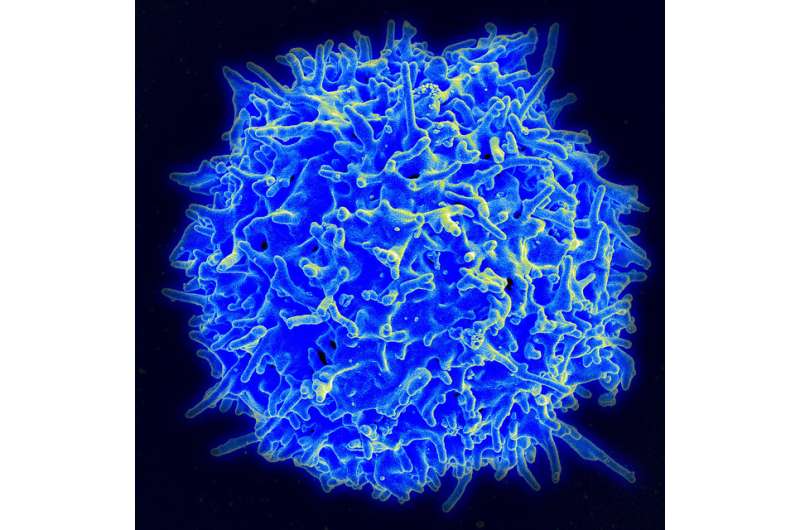Ensuring Safety for People Who Use Drugs in a Politicized Environment: Insights from Recent Surveys

Recent Australian surveys show increased harm reduction efforts among drug users, emphasizing the importance of naloxone, drug testing, and supportive policies amid a politicized environment.
Recent surveys conducted across Australia reveal that individuals who use drugs are increasingly taking harm reduction measures to protect themselves amid a highly politicized environment surrounding drug policies. The data indicates a significant rise in awareness and use of naloxone, a life-saving medication capable of reversing opioid overdoses. Among users of stimulants such as ecstasy, 73% had heard of naloxone, up from 63% in the previous year, and 19% reported obtaining it in the past year—more than triple the previous year's figure. Drug testing remains a vital harm reduction strategy for many, with 39% of users engaging in drug testing in the past year, primarily through personal reagent kits. Despite these efforts, access to comprehensive drug checking services remains limited due to political barriers, such as recent bans in some regions like Queensland. These measures are crucial, especially considering the detection of potent synthetic opioids like nitazenes and contamination in common drugs, which heighten overdose risks. The surveys also highlight ongoing trends such as high tobacco use sourced from illicit markets and the increasing availability of illicit vapes, despite legislative restrictions. For individuals who inject drugs, awareness and use of naloxone are higher than ever, with 80% having heard of it and over half having used it at least once, demonstrating the positive impact of government-supported initiatives like free naloxone programs. Overall, the findings underscore the importance of expanding harm reduction services, including drug testing and naloxone access, to better support people who use drugs and reduce drug-related harm. Policy measures should focus on facilitating safer practices rather than restricting essential harm reduction tools, recognizing that individuals are already actively trying to stay safe in a complex social and political landscape. These insights reinforce the need for evidence-based policies that prioritize public health and safety.
Stay Updated with Mia's Feed
Get the latest health & wellness insights delivered straight to your inbox.
Related Articles
Research Reveals Faster Maturation of Later-Born Inhibitory Neurons During Brain Development
New research uncovers that inhibitory neurons born later during brain development mature faster to maintain neural balance, offering insights into neurodevelopmental processes and disorders.
Innovative 3D-Printed Cardiac Patch Promotes Heart Tissue Regeneration Using Structural Mesh and Living Cells
A pioneering 3D-printed heart patch has been developed to not only seal damaged heart tissue but also promote regeneration, offering new hope for heart attack recovery. Using a combination of structural mesh, biodegradable scaffold, and living cells, this innovative approach has shown promising results in animal models.
Innovative Engineered Antibodies Enable T-Cells to Target and Destroy Cytomegalovirus-Infected Cells
Researchers have engineered bispecific antibodies that direct T-cells to effectively target and eliminate cytomegalovirus-infected cells, offering new hope for immunocompromised patients battling CMV infections.
Breakthrough Portable TB Test Demonstrates Perfect Accuracy in Clinical Samples
A new portable tuberculosis test developed by Princeton researchers achieves 100% sensitivity and specificity in clinical samples, offering a rapid, cost-effective solution for TB diagnosis in low-resource settings.



